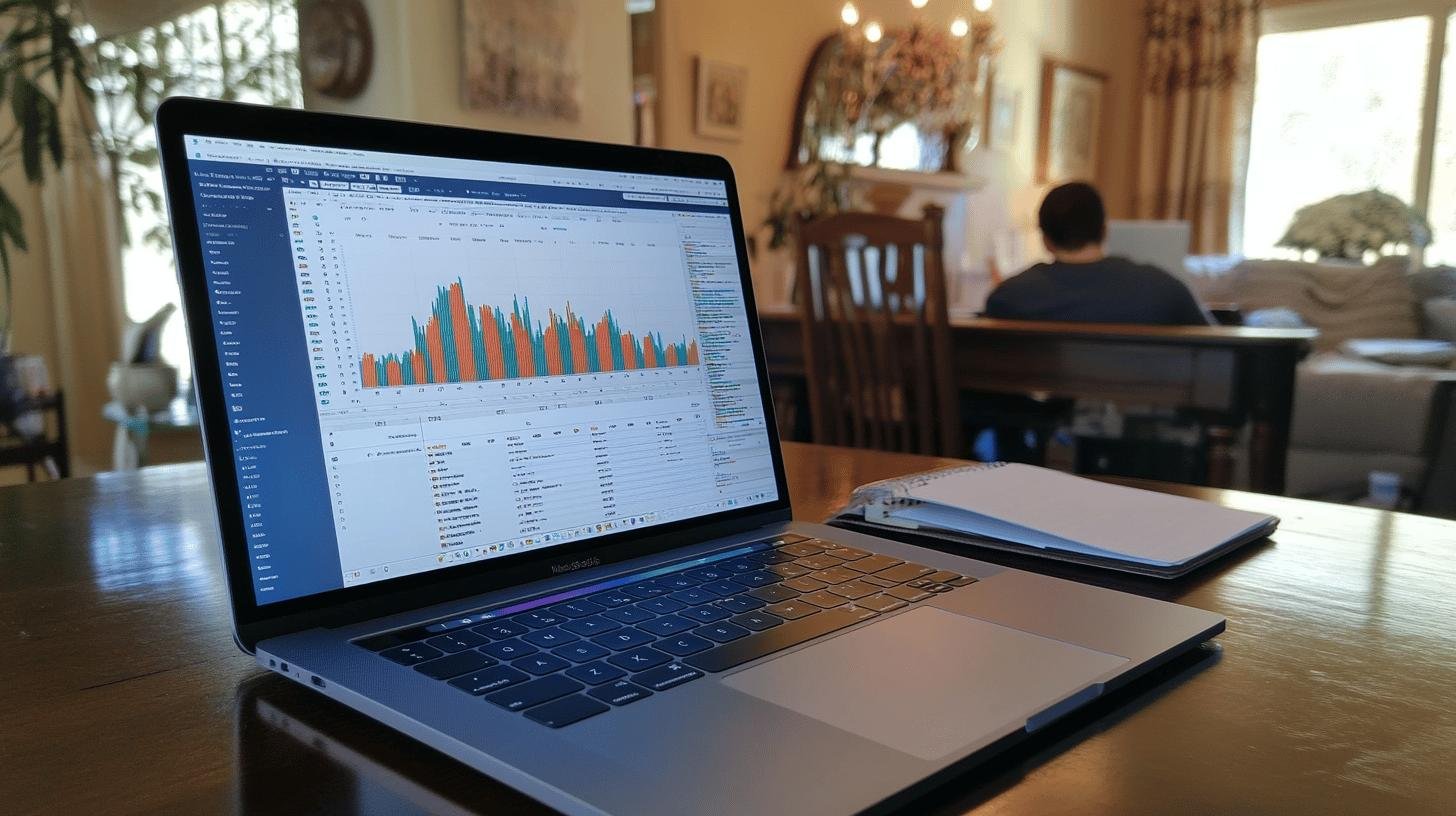Have you ever had the feeling that search engines aren’t giving your website the attention it needs? It might be time to look into your crawl budget. You might wonder, What is this crawl budget in SEO? It’s like giving search engines directions through your website roadmap. The amount of pages crawled affects what gets indexed and, even more importantly, how search engines perceive your site. We will get into how it all works, why it matters, and what you can do to make sure your most important pages get their spotlight. Let’s boost that website performance together!
Understanding Crawl Budget in SEO
Crawl budget in SEO is like time allocated for search engines to explore your website. It’s the number of pages search engines, like Google, will crawl within a specific timeframe. This is crucial for website indexing, which is how search engines store and organize your site’s information. If your site isn’t crawled effectively, key pages might not get indexed and won’t appear in search results.
Several factors affect how much crawl budget you receive:
- Site Size: Bigger sites need more time and resources.
- Backlinks: Numerous links can indicate importance to search engines.
- Page load speed: faster pages attract more attention.
- Site Health: Fewer errors can boost crawling frequency.
- Content Freshness: New content can increase crawling frequency.
Crawl budget affects your SEO performance by determining how often your site’s content is updated in search engines. If essential pages aren’t crawled often, they may not show recent updates, harming organic search visibility. Thus, optimizing your crawl budget is vital for keeping your website prominent.
How Search Engines Allocate Crawl Budget

How do search engines like Google decide the amount of time they spend on your website? It boils down to the site’s health, performance, and significance. Search engines prefer healthy websites with minimal errors and fast-loading pages. Sites that operate smoothly are more likely to receive a larger crawl budget. Server performance is also vital; if your server is sluggish, Google might pull back to prevent overload.
Google Search Console is your ally in understanding this process. It offers insights into how Google views your site and its crawling patterns. You can identify crawl behavior patterns and detect any issues. This tool is essential for identifying problems consuming your crawl budget, such as slow pages or errors. By monitoring these insights, you can adjust your site to maximize its crawl budget.
Understanding bot behavior is a fundamental aspect of technical SEO. Search engine spiders, the bots crawling the web, have a method to their functioning. Knowing how they operate helps you optimize your site for improved crawling. Facilitating easy navigation for bots increases the likelihood of quicker indexing for important pages. It’s like rolling out the red carpet for Googlebot to explore your site efficiently!
Optimizing Crawl Budget for SEO Success
Optimizing your crawl budget in SEO is like tuning a car engine. It ensures search engines focus on the most important parts of your website. If search engines get stuck on less significant pages or encounter too many errors, your site’s performance could suffer. By optimizing your crawl budget, you help search engines locate and index critical pages that drive traffic and conversions.
Here’s a quick list of techniques to boost crawl efficiency:
- Enhance page speed for faster load times.
- Remove duplicate content to avoid crawler confusion.
- Implement a clean URL structure for easy navigation.
- Fix broken links to eliminate dead ends.
- Update your XML sitemap to guide bots.
- Reduce redirect chains that waste time.
Internal linking is similar to giving search engines a treasure map. By interconnecting your pages with thoughtful links, you guide crawlers to discover and index vital content. This elevates your site’s visibility and ensures valuable pages receive the attention they deserve. It’s like providing crawlers with a GPS system for navigating your site efficiently.
To prevent wasting the crawl budget in SEO, block unnecessary pages that don’t add value. Use your robots.txt file to restrict crawlers from low-priority or duplicate sections. Managing low-value content focuses your crawl budget on significant pages. Doing this keeps the crawl budget centered on enhancing your SEO performance and making every byte count!
Tools and Techniques for Monitoring Crawl Budget

Monitoring your crawl budget is like having a fitness tracker for your website’s SEO health. By regularly checking how search engines interact with your site, you can identify issues that might hinder your site’s performance. If a page isn’t getting crawled or errors are accumulating, it’s time to investigate and make adjustments. Ensuring efficient crawling guarantees your crucial content is ready to shine in search results. So, keep a close watch on your crawl budget to maintain your SEO momentum!
- Google Search Console
- Screaming Frog
- Log file analysis software
Tracking crawl stats acts like an SEO detective, helping you uncover bottlenecks slowing down your crawl budget. By analyzing these stats, you’re better positioned to make informed adjustments and enhance the use of your crawl budget. Think of it as fine-tuning your site’s performance so search engines can locate and index your best content without distractions. This proactive approach keeps your site running smoothly and boosts visibility.
Best Practices for Managing Crawl Budget
A well-structured sitemap is like a roadmap for search engines, directing them to the most critical pages on your site. Why is this vital? A sitemap helps search engines prioritize which pages to crawl and index first. Consider it a treasure map guiding Google to your most valuable content. By regularly updating your sitemap, you ensure new and updated content is highlighted and receives the attention it deserves. This optimizes your crawl budget by focusing on pages that significantly impact your SEO goals.
When managing the crawl budget, prioritizing high-value pages is vital. Why focus on certain pages? Because not every page on your site needs frequent crawling. High-value pages, like those driving conversions or providing essential information, should be prioritized. By identifying these pages and ensuring they are accessible to search engine crawlers, you ensure your most important content is fresh and visible in search results. Directing search engines to where their efforts matter most is the goal.
Leveraging Robots.txt for Crawl Management
Using a robots.txt file can prevent unnecessary pages from being crawled, which is crucial for conserving crawl budget. How does it work? By specifying which parts of your site shouldn’t be crawled, you can block low-value or duplicate pages. This ensures search engines don’t waste time on pages that don’t contribute to your SEO strategy. A well-configured robots.txt file acts as a traffic director, guiding search engine crawlers to spend their time on worthwhile content.
By combining smart sitemap strategy, prioritizing key pages, and leveraging robots.txt, you ensure efficient use of your crawl budget. These practices keep search engines focused on crucial content, enhancing your site’s visibility and performance. It’s a proactive approach to managing your SEO resources, ensuring every crawl counts.
Conclusion
Getting a handle on crawl budget in SEO is like finding the secret sauce for your website’s success.
It’s all about knowing how search engines think and making smart moves to get your pages noticed.
Once you crack the code of how bots crawl your site, optimizing becomes a game-changer.
Think of tools as your trusty sidekicks, keeping everything on track.
By sticking to best practices, like sitemaps and smart use of robots.txt, you’re setting the stage for better SEO results.
The more you master crawl budget, the easier it gets to boost your site’s performance.
FAQ
How do you calculate the crawl budget in SEO?
The crawl budget is estimated by considering how often search engines visit your site and the number of pages they crawl during each visit. Factors like site updates and server response time affect this.
What is a crawl budget in SEO?
In SEO, a crawl refers to the process where search engines send bots to scan a website’s content and structure. It’s key for indexing your pages so they can show up in search results.
How do I check the crawl budget in SEO?
Use tools like Google Search Console to monitor your crawl stats. Look for the number of pages crawled per day and check crawl errors to understand how the budget is utilized.
What is crawl budget?
A crawl budget is the number of pages a search engine crawls on your site in a specific time period. It’s vital for ensuring important pages are indexed efficiently, boosting SEO performance.
How to increase crawl budget?
Improve server performance, enhance site speed, and fix crawling errors. Adding quality content and gaining more backlinks can boost crawl demand, leading to an increased crawl budget.




